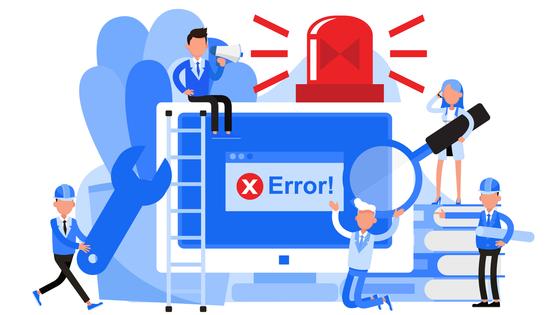US residents complain about the unpreparedness of the Internet network for online classes
According to residents of several US states (including Oklahoma, Arkansas, Tennessee, Connecticut and Pennsylvania), the Internet network of local providers is completely unprepared for online classes in universities and schools.

Christina Rothermell-Branham, a resident of Tulsa, Oklahoma, claims she frequently lost internet access for the entire day since spring. Unstable internet connection prevents Christina from teaching at the university where she works, and her son from attending online school. At times both have to use mobile data and hotspot as Wi-Fi network is unavailable for several hours. The situation did not improve with the onset of autumn. In fact teachers from the suburbs of New York and the states of Arkansas, Tennessee, Connecticut, and Pennsylvania also faced similar problems.
One of the reasons for the internet connectivity issue is the low income of US citizens living in rural areas and in small cities. According to the Pew Research Center, only half of American families with incomes of less than $ 30,000 a year use the Internet. At the same time, access to the network costs between $ 60 to $ 100 per month on average. Some ISPs simply refuse to lay Internet cables in areas where few paying customers live. Cost of modernization of the so-called "rural communications" and elimination of problems encountered so far is estimated according to Deloitte's calculations at around $ 150 billion.
However, nonprofit organizations based in rural areas have decided to take matters into their own hands. Now about 9% of people living in remote areas use fiber-optic transmission lines. They are popular, for example, in northwest Connecticut, where the non-profit group Northwest ConneCT has been working to improve internet accessibility for more than five years.












 How to Keep New Year’s Resolutions: A Detailed Guide to Real Change
How to Keep New Year’s Resolutions: A Detailed Guide to Real Change
 6 Life Areas You Have Almost Certainly Never Paid Attention To
6 Life Areas You Have Almost Certainly Never Paid Attention To
 How Not to Lose Focus When Learning Everything at Once: The Art of Selective Development
How Not to Lose Focus When Learning Everything at Once: The Art of Selective Development
 Test. What Winter Dessert Are You?
Test. What Winter Dessert Are You?
 Test: What Kind of Ancient Goddess Are You?
Test: What Kind of Ancient Goddess Are You?
 Test: Which Great Woman Would Invite You for Tea?
Test: Which Great Woman Would Invite You for Tea?
